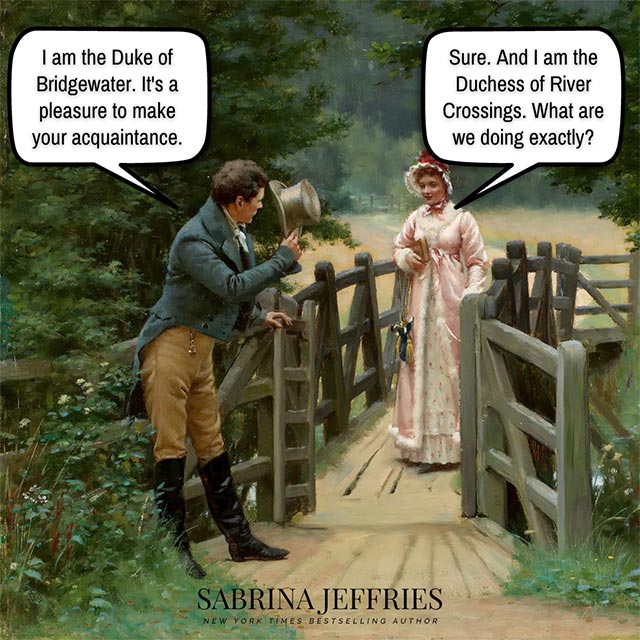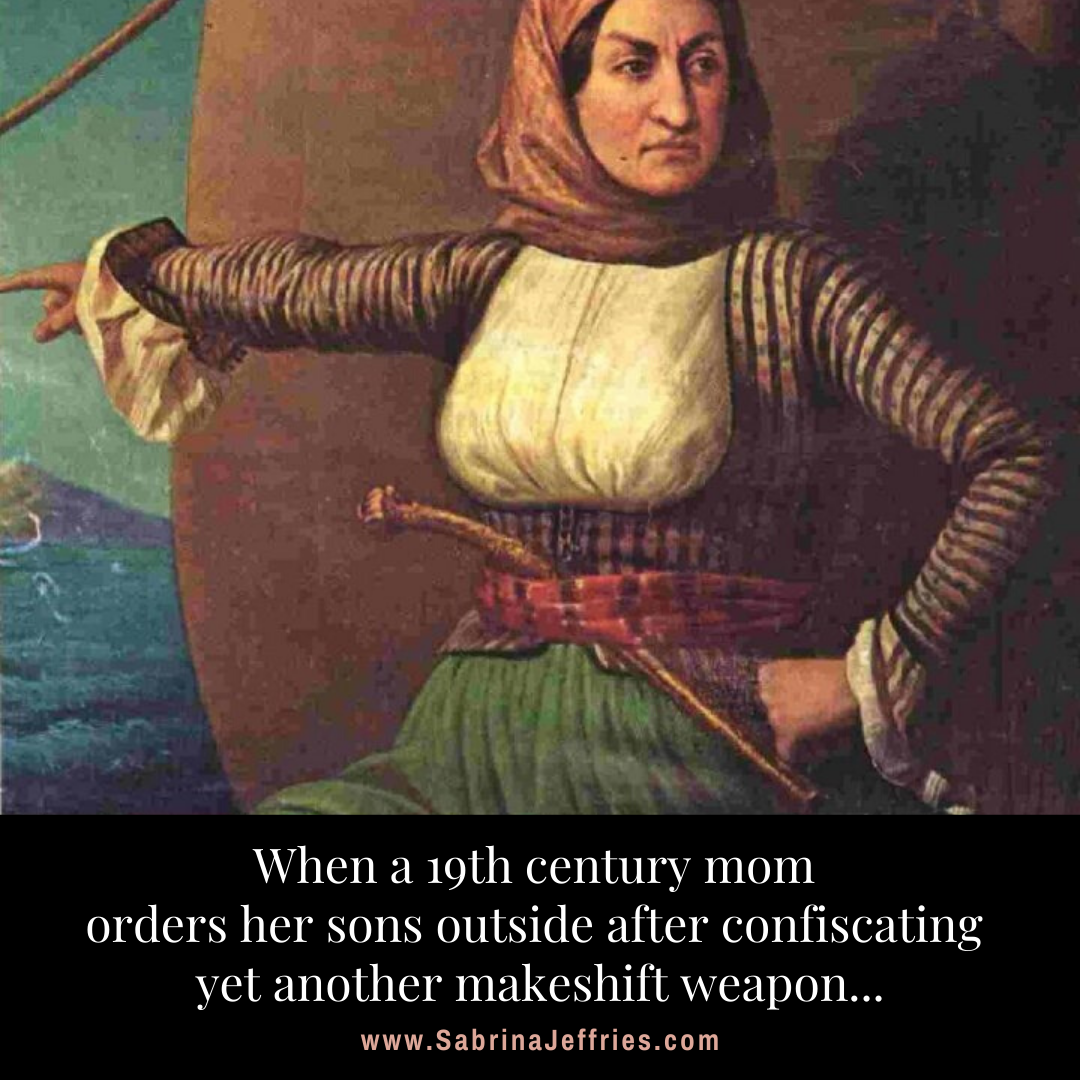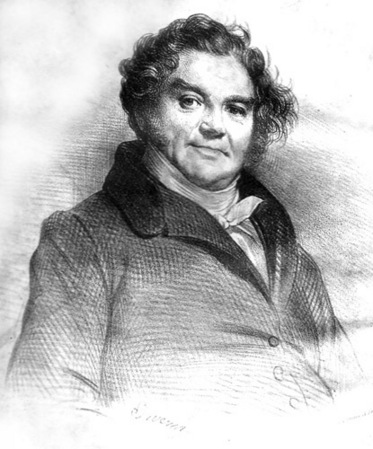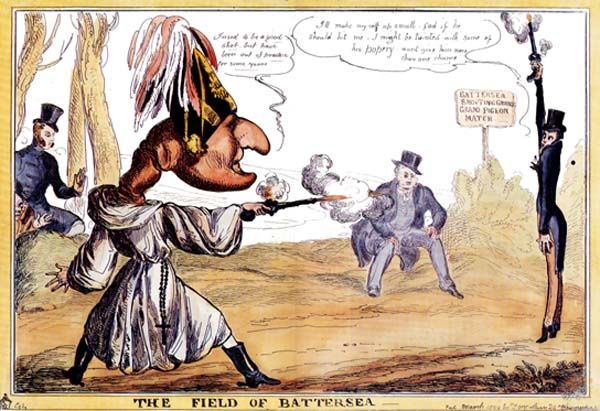Somerset

If you’re wondering how a man can inherit a dukedom from his distant cousin, take a look at the Duke of Somerset’s family tree (you’ll have to click “show”). The dukes of Somerset bounced all around that tree. The 8th duke was the great-great-great-great-great-grandson of the duke whose title was previously inherited by his distant cousin, the 7th duke. I think. My eyes started glazing over when I tried to figure out what cousin that would make them. Lots of removes. Look up primogeniture and you will understand why only certain males in the tree could inherit the dukedom. It’s fascinating stuff, but so complicated it makes me reluctant to tackle my own family tree, which isn’t nearly as illustrious. I’m pretty sure King Henry VIII is not one of my ancestors!






